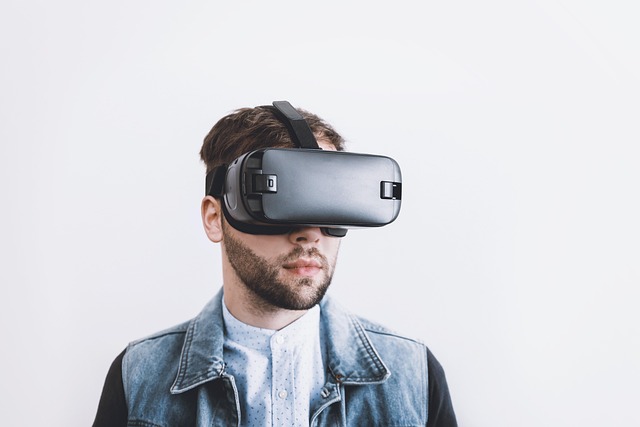Exploring Learning Landscapes: The Power of Educational Simulations
In the evolving realm of Education, the use of educational simulations has emerged as a transformative force, captivating learners and educators alike. These interactive experiences go beyond traditional teaching methods, offering immersive opportunities that deepen understanding and engagement. But what truly sets educational simulations apart in today’s digital age? The answer lies in the integration of cutting-edge technologies like Virtual Reality (VR), Augmented Reality (AR), and the metaverse.
The Immersive World of Virtual Reality
Virtual Reality has revolutionized the way learners experience education. By transporting users into fully immersive environments, VR simulations create a sense of presence that textbooks and videos simply cannot match. Imagine a history student walking through ancient civilizations or a medical trainee performing virtual surgeries—all through VR. These firsthand experiences foster active learning, making complex subjects more accessible and memorable.
Augmented Reality: Enhancing the Real World
Unlike VR’s complete digital immersion, Augmented Reality overlays digital elements onto the real world. This technology offers a unique blend of physical and virtual interaction, perfect for educational simulations that encourage exploration and interactivity. For example, biology students can point their devices at a diagram and see a 3D heart beating right before their eyes, or engineering learners might visualize machine parts moving in real time. AR creates a dynamic learning environment where abstract concepts come to life in tangible ways.
The Metaverse: A New Frontier for Collaborative Learning
The concept of the metaverse takes educational simulations a step further by providing a shared, persistent virtual space where learners and educators can meet, collaborate, and innovate together. In this expansive digital universe, classrooms are no longer confined by physical walls, and the possibilities for experiential learning are virtually limitless. Whether it’s a virtual science lab, interactive language practice sessions, or global cultural exchanges, the metaverse enables immersive social learning that transcends geographical boundaries.
Why Educational Simulations Matter
The emotional connection fostered through these technologies allows learners to experiment, fail safely, and gain practical experience without real-world consequences. This hands-on approach not only enhances retention but also builds critical thinking and problem-solving skills. As a result, educational simulations serve as powerful tools in modern pedagogy, making education more personalized, engaging, and effective.
In embracing virtual reality, augmented reality, and the metaverse, educators are crafting new learning landscapes where every student can dive into rich, experiential education. The journey of discovery through educational simulations is just beginning—and it promises to reshape the future of learning in profound and exciting ways.



